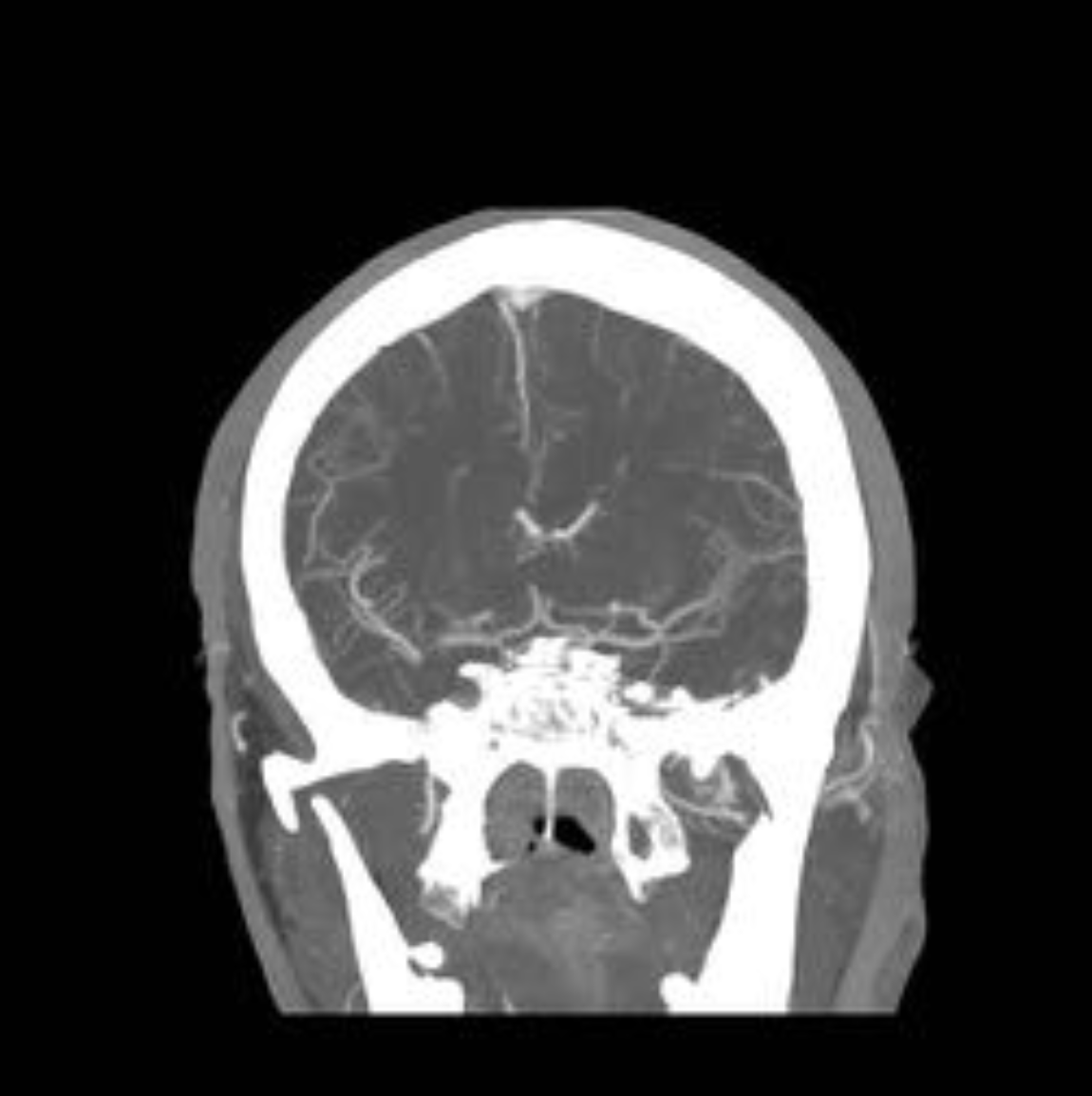SELECCIÓN DE PACIENTES MEDIANTE IMAGEN MULTIMODAL.
REQUISITOS PREVIOS PARA UN TRATAMIENTO ENDOVASCULAR DEL ICTUS ISQUÉMICO AGUDO CON EFICACIA Y SEGURIDAD.
Palabras clave:
tratamiento endovascular, ictus isquémico, imagen multimodal, seram, pósterResumen
Objetivos Docentes
Comprender el rol fundamental, que ejerce el radiólogo, en la selección de pacientes susceptibles de recibir tratamiento endovascular por infarto cerebral agudo con oclusión de gran vaso.
Evidencia científica que se desprende de los recientes ensayos clínicos publicados, respecto a los cuales el tratamiento endovascular, previa adecuada selección mediante imagen multimodal, es la base de la terapia actual del ictus isquémico agudo.
Descargas
Citas
Berkhemer OA et al. MR CLEAN Investigators. A randomized trial of intraarterial treatment for acute ischemic stroke. N Eng J Med 2015;372:11-20
Goyal M et al. ESCAPE Trial Investigators. Randomized assesment of rapid endovascular treatment of ischemic stroke. N Eng J Med 2015;372:1019-1030
Campbell BC et al. EXTEND-IA Investigators. Endovascular therapy for ischemic stroke with perfusion-imaging selection. N Eng J Med 2015;372:1009-1018
Saver JL et al. SWIFT Trialists. Solitaire flow restoration device versus the Merci Retriever in patients with acute ischaemic stroke (SWIFT): a randomised, parallel-group, non-inferiority trial. Lancet 2012;380:1241-1249
Broderick JP et al. Interventional Management of Stroke (IMS) III Investigators. Endovascular therapy after intravenous t-PA versus t-PA alone for stroke. N Eng J Med 2013;368:893-903
Barber PA et al. Validity and reliability of a quantitative computed tomography score in predicting outcome of hyperacute stroke before thrombolytic therapy. ASPECTS Study Group. Alberta Stroke Programme Early CT Score. Lancet 2000;355:1670-1674
Hill MD et al. PROACT-II Investigators. Selection of acute ischemic stroke patients for intra-arterial thrombolysis with pro-urokinase using ASPECTS. Stroke 2003;34:1925-1931
Goyal M et al. Consistently achieving computed tomography to endovascular recanalization <90 minutes: solutions and innovations. Stroke 2014;45e252-e256
Goyal M et al. Evaluation of interval times from onset to reperfusion in patients undergoing endovascular therapy in the Interventional Management of Stroke III trial. Circulation 2014;130:265-272
Liebeskind DS et al. Collateral circulation. Stroke 2003;34:2279-2284
Menon BK et al. Regional leptomeningeal score on CT angiography predicts clinical and imaging outcomes in patients with acute anterior circulation occlusions. AJNR 2011;32:1640-1645
Menon BK, Liebeskind D et al. Differential effect of baseline CTA collaterals on clinical outcome in patients enrolled in the IMS-III trial. Stroke 2015;46:1239-1244
Menon BK, Goyal M et al. Multi-phase CTA: a new tool for the imaging triage of patients with acute ischemic stroke. Radiology 2015;275:510-520
Campbell BC et al. Imaging selection in ischemic stroke: feasibility of automated CT-perfusion analysis. Int J Stroke 2015;10:51-54
Campbell BC et al. Failure of collateral blood flow is associated with infarct growth in ischemic stroke. J Cereb Blood Flow Metab 2013;33:1168-1172
Menon BK, Campbell BC, Levi C and Goyal M. Role of imaging in current acute ischemic stroke workflow for endovascular therapy. Stroke 2015;46:1453-1461
Goyal M et al for the HERMES collaborators. Endovascular thrombectomy after large-vessel ischaemic stroke: a meta-analysis of individual patient data from five randomised trials. Lancet 2016 Feb 18 [Epub ahead of print]
Consensus statement on mechanical thrombectomy in acute ischemic stroke. A collaboration of the ESO - Karolinska Stroke Update, ESMINT and ESNR. Int J Stroke 2016;11:134-147


